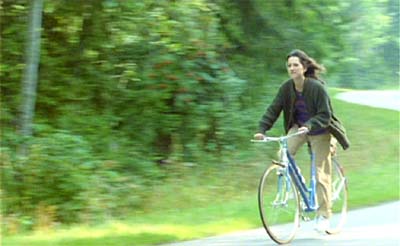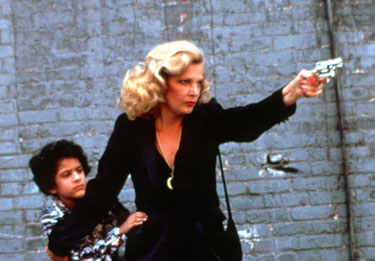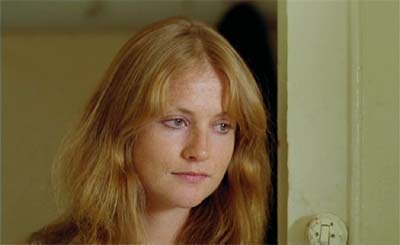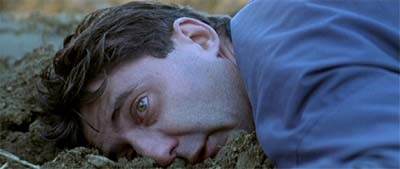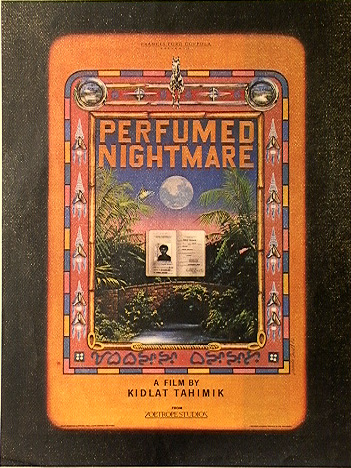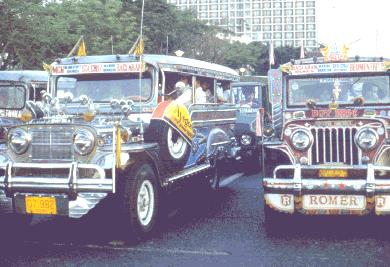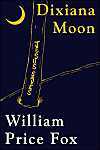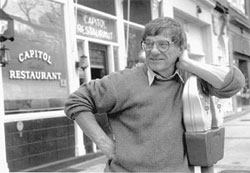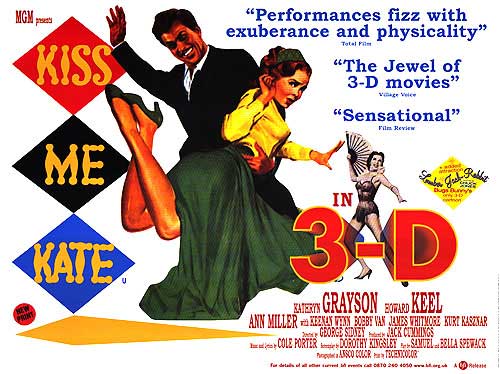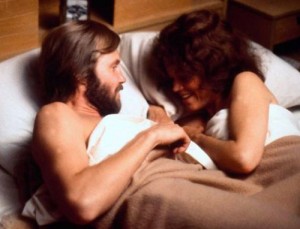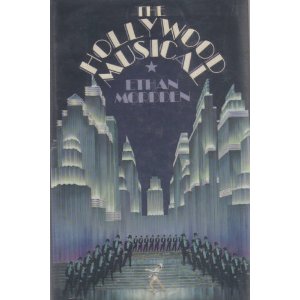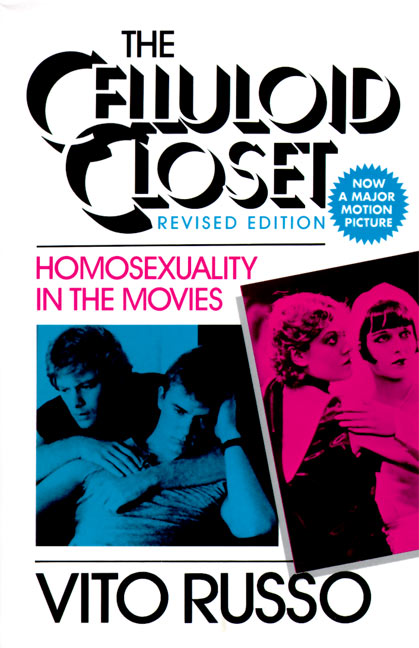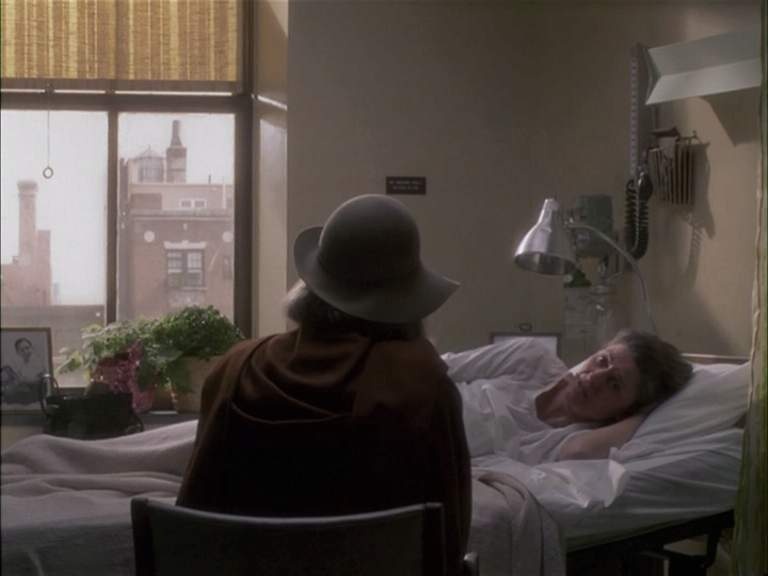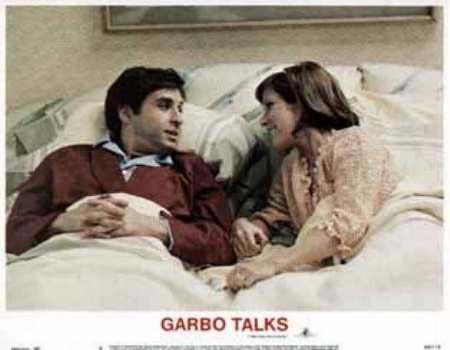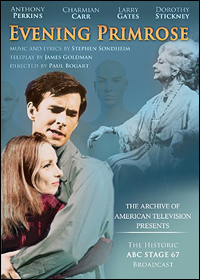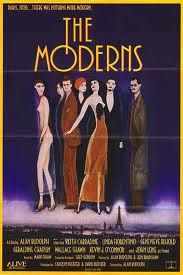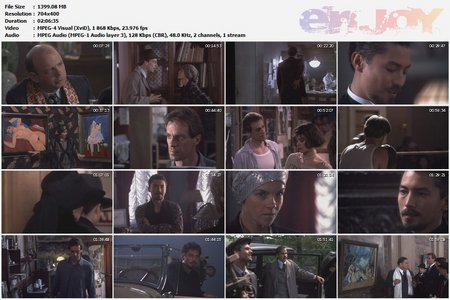This appeared in Take One, July 15, 1979 (vol. 7, no. 8). Check out Dave Kehr’s recent column on 70s Akerman in the New York Times for some other reflections. —J.R.
Chantal Akerman is a tough filmmaker to tangle with, make up one’s mind about or describe. One thing’s clear enough though: Les Rendez-vous d’Anna, her fifth feature, is the most assertive film by a woman that I’ve seen since Marguerite Duras’ Le Camion — and probably the most accessible that Akerman has made to date. It might wind up serving as a calling card for the rest of her work.
A film that assumes the ambition (and pretention) of taking the pulse of Western Europe while pursuing a narcissistic autobiographical meditation obviously isn’t going to win everyone over — particularly when every shot has the visual weight of a battleship and nearly every facial expression has enough glumness to sink one. Take that, Akerman seems to be saying, offering up yet another drab, anonymous hotel room or train station at night, each one lit with precise, uncanny radiance, and hammering these cold, elegantly symmetrical compositions into our skulls with an obstinate will to power that makes Milius and Peckinpah seem like frollicking pussy-cats in comparison. Read more


